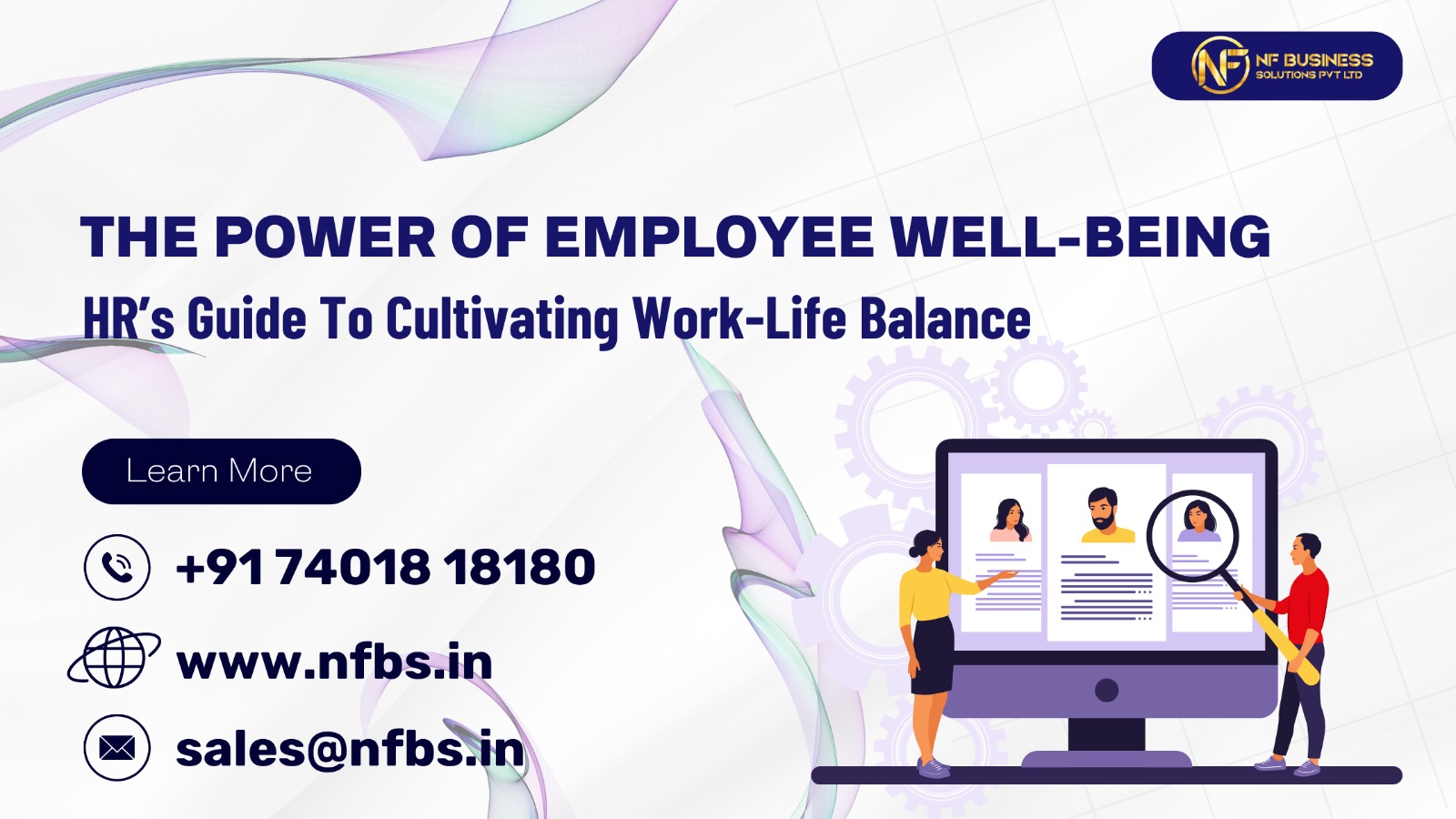Employee Engagement-Introduction
- The workplace culture holds significant influence over an organization, exerting a profound impact on crucial aspects such as employee retention and engagement.
- It is evident that culture plays a direct role in shaping these metrics.
- A pivotal aspect of culture lies in the interpersonal dynamics among employees.
- For employers, fostering authentic connections among team members, as well as between employees and management, is highly desirable.
- It is crucial to ensure that employees feel a sense of belonging and significance, recognizing their invaluable contributions to the organization.
To achieve this, here are several strategies to actively acknowledge and cultivate enduring relationships within the workplace.
Acknowledge employees’ multifaceted identities beyond work:
- Recognizing the multifaceted nature of employees is essential in establishing meaningful relationships within the workplace.
- While it is customary to gain insights into individuals’ work-related habits, motivations, learning preferences, productivity patterns, career aspirations, and educational backgrounds, cultivating truly profound connections involves delving into their lives outside of work.
- Employees encompass a wide array of interests, hobbies, familial bonds, and life experiences that shape their identities.
- Instead of solely focusing on their professional endeavors, it is crucial to explore their personal lives.
- Demonstrating genuine interest in employees as complete individuals contributes to their sense of belonging and fosters an appreciation for the diverse skills and qualities they bring to the table, extending beyond their job responsibilities.
- This authentic engagement paves the way for more profound conversations, enabling individuals to feel at ease, establish connections, and forge bonds with their colleagues.
- This is particularly true when individuals have the opportunity to discuss their passions or share their expertise in a specific area.
- By acknowledging and celebrating the entirety of an employee’s being, employers can foster an environment where genuine interactions thrive.
Make employee mental health a top priority:
- Prioritizing employee mental health is vital.
- Employers should provide the necessary tools and support for employees to feel safe and form meaningful relationships with their peers.
- Offering benefits like remote work and flexible scheduling demonstrates commitment to employee well-being and reduces the risk of burnout.
- These options contribute to mental well-being, alleviate stress, and allow employees to recharge and pursue personal interests.
- Implementing such programs fosters a supportive environment and reduces overall stress levels, leading to positive outcomes.
- When employees feel empowered to prioritize their mental health, they become more productive and engaged participants in the workplace.
Facilitate Non-Work Activities to Foster a Positive Workplace Culture:
- In order to cultivate a positive workplace culture characterized by genuine employee connections, it is advisable to organize and engage in activities that extend beyond the scope of everyday work.
- These activities can be scheduled during working hours or outside of them, and need not be strictly work-related.
- They may encompass team-building exercises to commence meetings, informal gatherings for post-work sports activities like baseball, or even coordinating group outings for lunch or virtual meet-ups, as well as impromptu coffee runs.
- By providing opportunities for employees to engage in such activities, a conducive environment is created wherein individuals can freely discuss personal aspects and interests that lie beyond the confines of their professional roles.
- This is particularly crucial as initiating such conversations during the regular workday might prove challenging.
- Employees may aspire to establish connections with their colleagues, but they often refrain from doing so in order to avoid disrupting their workflow.
- By allocating dedicated time away from the usual job-related stressors, meaningful conversations and relationships can flourish, ultimately enhancing collaboration and boosting overall morale within the organization.
Promote Interdepartmental Collaboration to Foster a Collaborative Culture:
- To foster cross-team collaboration and create a culture of cooperation within the organization, it is crucial to provide ample opportunities for teamwork and meetings that transcend traditional team boundaries.
- Whether it is arranging internal team collaborations, department-wide initiatives, or cross-departmental engagements, these interactions play a significant role in enabling individuals to establish connections and build relationships over time.
- Particularly in a remote work setting, where initiating conversations with new colleagues can be challenging, carving out dedicated time for diverse groups of employees to come together is essential for cultivating a collaborative culture.
- This inclusive approach is especially beneficial for new hires, as it provides them with the necessary support and encouragement to meet new people and find their sense of belonging within the company.
- Furthermore, as a manager, it is important to not only express support for such collaborations but also proactively facilitate them by organizing meetings and initiatives.
- This could involve inviting a teammate to share their expertise on a specific subject with their department or orchestrating brainstorming sessions where groups of employees can collaborate on innovating new processes.
- By creating platforms for these meaningful discussions and interactions, employees can not only expand their network but also tap into fresh ideas and perspectives.
- Recognizing and acknowledging employees for their contributions and achievements can also serve as a catalyst for cross-collaboration.
- Ultimately, dedicating time to connect with new colleagues, engage in knowledge-sharing, and celebrate achievements can invigorate employees, igniting enthusiasm and encouraging them to explore collaborative opportunities that lead to growth and innovation.
Promote Connectivity and Inclusivity through Communication:
- Creating a sense of connection and inclusivity in your organization can be achieved through simple measures.
- Consider offering a dedicated channel on team communication platforms like Microsoft Teams or Slack for casual conversations, advice-sharing, and fun snippets throughout the workday.
- Encourage shout-outs and recognition among coworkers to foster a supportive environment.
- When employees feel connected to their colleagues, they are more engaged, satisfied, and likely to stay with the company.
- By providing opportunities for open communication, valuing individuals beyond their work, and facilitating connections, you can cultivate a culture of support and Employee engagement.
Conclusion
In conclusion, building strong relationships and prioritizing employee well-being are key to maximizing engagement and creating a positive workplace culture. By recognizing employees’ diverse identities, promoting mental health, facilitating non-work activities, fostering collaboration, and promoting connectivity, organizations can cultivate an environment where employees thrive and contribute to the organization’s success.








